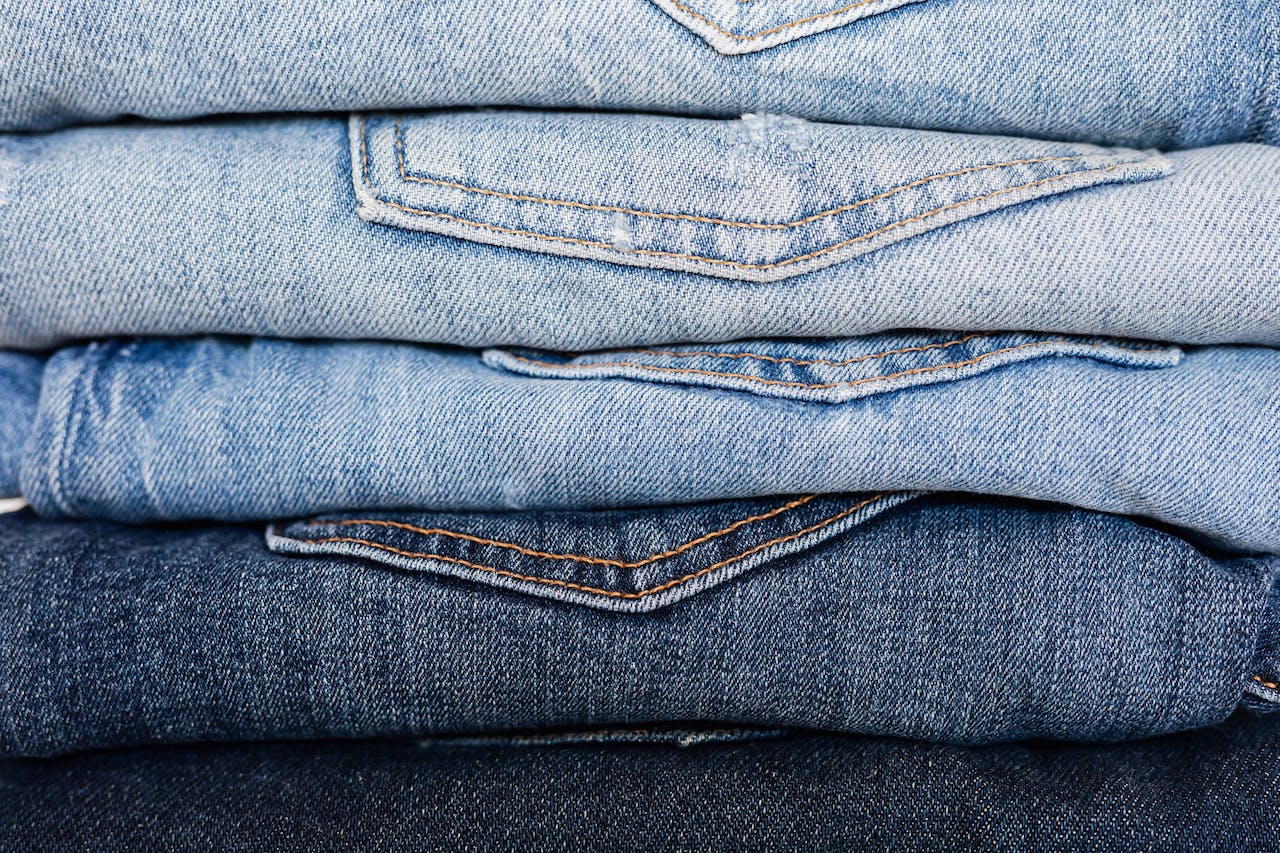
Every year, a mind-boggling 6 billion pairs of jeans waltz off production lines across the globe, as reported by Ecowatch. That’s enough denim to circle the earth a few times! However, this denim dance doesn’t come without hefty environmental missteps. Each pair of these blues quaffs down a whopping 3,782 liters of water and calls upon a troublesome troupe of insecticides and harmful chemicals, stomping a heavy carbon footprint. Beyond this, we are faced with the unpalatable truth that around 20% of this fabric ends up as waste, either tossed aside into landfills or incinerated into greenhouse gases. But wait, it’s not all doom and gloom! Here’s the twist in the tale – recycled denim. This underdog struts onto the stage as a surprisingly excellent insulation material for buildings, toe-to-toe with, or even outperforming, leading insulators. The result? Lower energy consumption for heating and cooling–leading to delightfully reduced utility bills and, most importantly, fewer carbon emissions. As an added bonus, it even acts as a fire retardant–slowing the spread of any potential flames.
Why Insulation is Critical
Designing a home or workplace involves careful consideration of a wide range of factors to create a space that is functional, aesthetically pleasing, and conducive to the needs and preferences of its occupants. The layout and organization of rooms or work areas are vital to ensure traffic flow and accessibility within the space. For example, designing an accessible landscape that integrates the healing properties of nature enhances productivity and the wellbeing of workers. Therapeutic landscaping can benefit human emotion and encourage healing. A biophilic design encourages creativity, helps relieve stress, and attracts/retains the best talent at the workplace.
Another vital aspect in building design is insulation. According to the Department of Energy, proper insulation can save homeowners as much as 15% on their electricity bills for heating and cooling. Windows and doors, walls, roof, floors, and ventilation areas are common areas where heat is lost in a structure that does not have any insulation. The type of insulation materials applied to a building also matters affecting the overall energy efficiency, comfort, and safety of a structure. In keeping with sustainability initiatives, using recycled denim as insulation material is an option that will make use of discarded or waste material that would otherwise end up in landfills. Salvaged denim possesses an excellent R-value which is the measure of its ‘thermal resistance.’ The higher the number, the better the insulation’s ability to resist the transfer of heat. On average, reused denim typically has R-values ranging from R-13 to R-19. For comparison, fiberglass insulation shares similar values. Denim insulation can be applied on walls, ceilings, crawl spaces, attics and floors. With its excellent thermal properties, reused denim can help maintain consistent indoor temperatures and reduced energy consumption for heating and cooling. Improving energy efficiency can reduce climate pollution and lower maintenance costs.
Superior Soundproofing and Eco-Friendly
One of the major benefits of denim insulation is its ability to muffle sounds. According to studies, recycled denim is about 35% more effective at absorbing sound compared to traditional insulators. This exceptional soundproofing quality has not escaped manufacturers such as Bosch using the materials in its dishwashers. Recovered denim is also mold resistant making it an ideal material for crawl spaces and other parts of a structure that are prone to dampness. Moreover, it is also mildew and fungi resistant. Mold and moisture can cause several problems such as musty smells and water damage to the floor joists.
As an insulating material, denim insulation is easy to install. It can be handled with bare hands and comes in rolls for easy handling. There are no fibers or chemicals that are released. However, protective equipment must still be worn such as a basic dust mask when installing the material. Since reclaimed jeans do not emit toxic chemicals and odors, the quality of indoor air in a home or office is cleaner for the health of its occupants.
Perhaps, the main selling point of denim insulation is that it is environmentally friendly because it is made of 100% recycled material. Salvaged jeans are usually converted back to fiber form by chopping the denim into small pieces after removing metal details such as zippers and rivets. Then the denim scraps are shredded, and the reclaimed fiber is transformed into insulation materials. Furthermore, denim insulation is also recyclable making the product sustainable. It can be reused again for other purposes contributing to the circular economy.
All in all, recycled denim insulation can be a sustainable and eco-friendly option for building insulation offering several advantages for both the environment and occupants. Recycled denim insulation can become a cost-effective choice because of its energy savings potential, ease of installation, health benefits, and lower carbon footprint.
Related Articles:
– 16 Sustainable And Eco-Friendly Building Materials That Help You Save Energy And The Earth
– 12 Benefits of Having Plants in Your House

